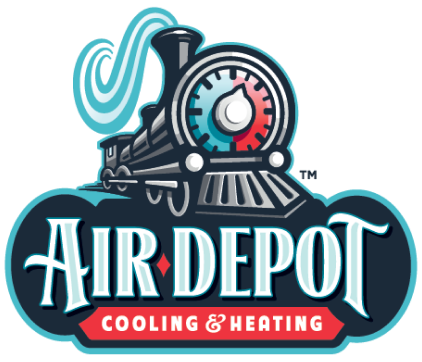When the summer heat starts climbing, having effective air conditioning becomes a matter of safety in addition to comfort. If you don’t already have AC or you need to replace what you have, it’s a good idea to start at the beginning to assess your possible choices. Use this guide to learn about the various options and the circumstances to which they’re best suited.
Getting the Right Size
Most homes have a central air handler built in due to having a forced-air furnace. This means that you’re more than likely going to decide on a central air conditioner rather than a ductless mini-split system. Start your journey by looking at the capacity you need. This is rated in BTU, or British thermal units. BTU is simply a method of understanding the heat transfer capacity of the unit under normal operating conditions.
Getting the right size starts with understanding the service area for the unit. If you’re installing a central system, this would be the total serviceable area of your home. Your installation technician will evaluate more factors than just the service area. They’ll also consider things like ceiling height, the number and direction of windows, insulation, how much shade your home receives, the number of occupants, and the impact of heat-generating appliances.
Understanding Efficiency Options
After you know what size system you need, it’s time to explore the efficiency options. Air conditioning efficiency is rated in SEER, or seasonal energy efficiency ratio. This ratio compares the total energy consumption for the summer to the total cooling output. As of January 2023, the minimum rating in Texas is 15.2 SEER. However, systems will go up to about 25 SEER for central air conditioning.
Higher efficiency systems may have a two-stage compressor and a variable-speed fan. This allows the system to conserve energy when your home doesn’t need as much cooling capacity. It also provides more consistent cooling throughout the house.
Explore Warranties
Air conditioning manufacturers offer a wide range of warranties, even between different models from the same brand. When looking at your options, take some time to explore the warranties among your choices.
Within these warranty options, there are a few things you’ll want to investigate in detail to fully evaluate what you’ll get. First, consider the length of the warranty and what’s covered for that term. Some high-end manufacturers offer a limited lifetime warranty on the entire system. Other manufacturers may offer a five-year warranty but extend it to 10 years if you register your product. Be sure to specifically ask this question from your installation company to ensure that you get the longest term possible for warranty coverage.
Next, ask about the terms and conditions of the warranty. Many manufacturers require that your system receive routine professional maintenance to keep the warranty valid. Take the time to read the fine print so that you know what’s required to maintain the warranty.
Consider the Noise Factor
Noise can be a big issue with air conditioners, especially when considering the outside condensing unit. You may have a homeowners association that’s particular about noise pollution, or perhaps you plan to spend a lot of time outside near your condensing unit.
Different AC models utilize compressors from a variety of manufacturers, and they use several different technologies. These differences will alter how much noise the unit makes and, ultimately, how comfortable it is to be around. Work with your installation technician to find a model that operates within a noise range that’s acceptable for your home.
Combining Heat and AC
If you’re installing a new air conditioner, you may consider installing a heat pump, which will double as a heating source over the winter. The standard heat pump is the air-source model, which has an outdoor compressor to transfer heat to and from the air outside. There are also geothermal heat pumps, which can use a water source or the ground as the heat transfer medium. The geothermal systems provide more consistent heating and cooling along with better efficiency, especially when using the heating mode.
AirDepot has been helping property owners around the Cypress, TX area find the right AC and heating options since 1977. Our NATE-certified technicians provide heating and AC installation, maintenance, and repair along with indoor air quality solutions. Call today to schedule your consultation with one of our trusted installation experts.


